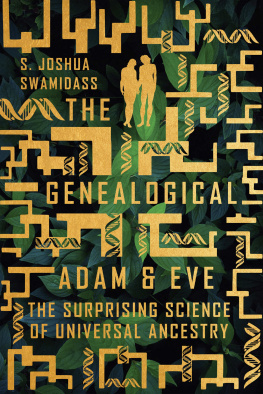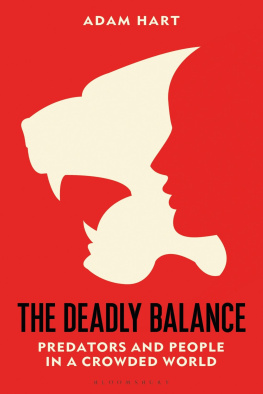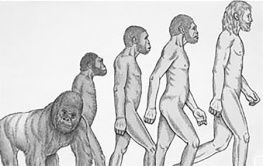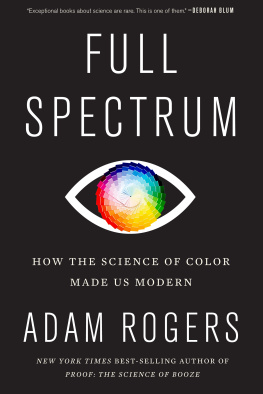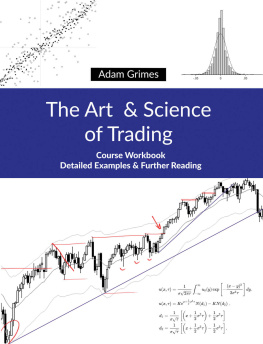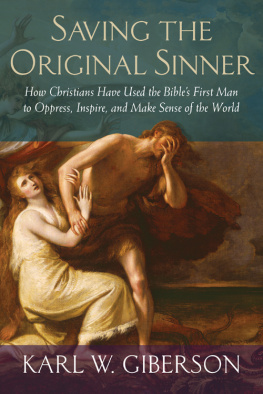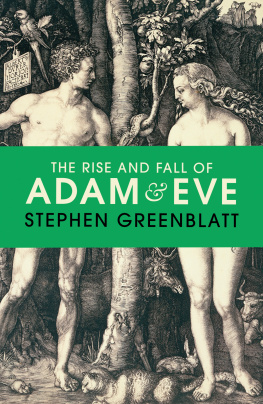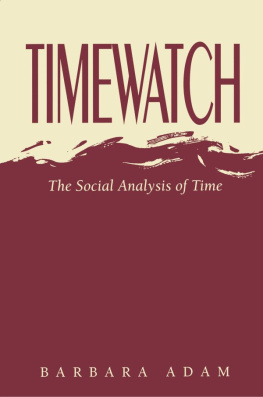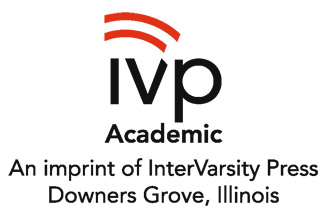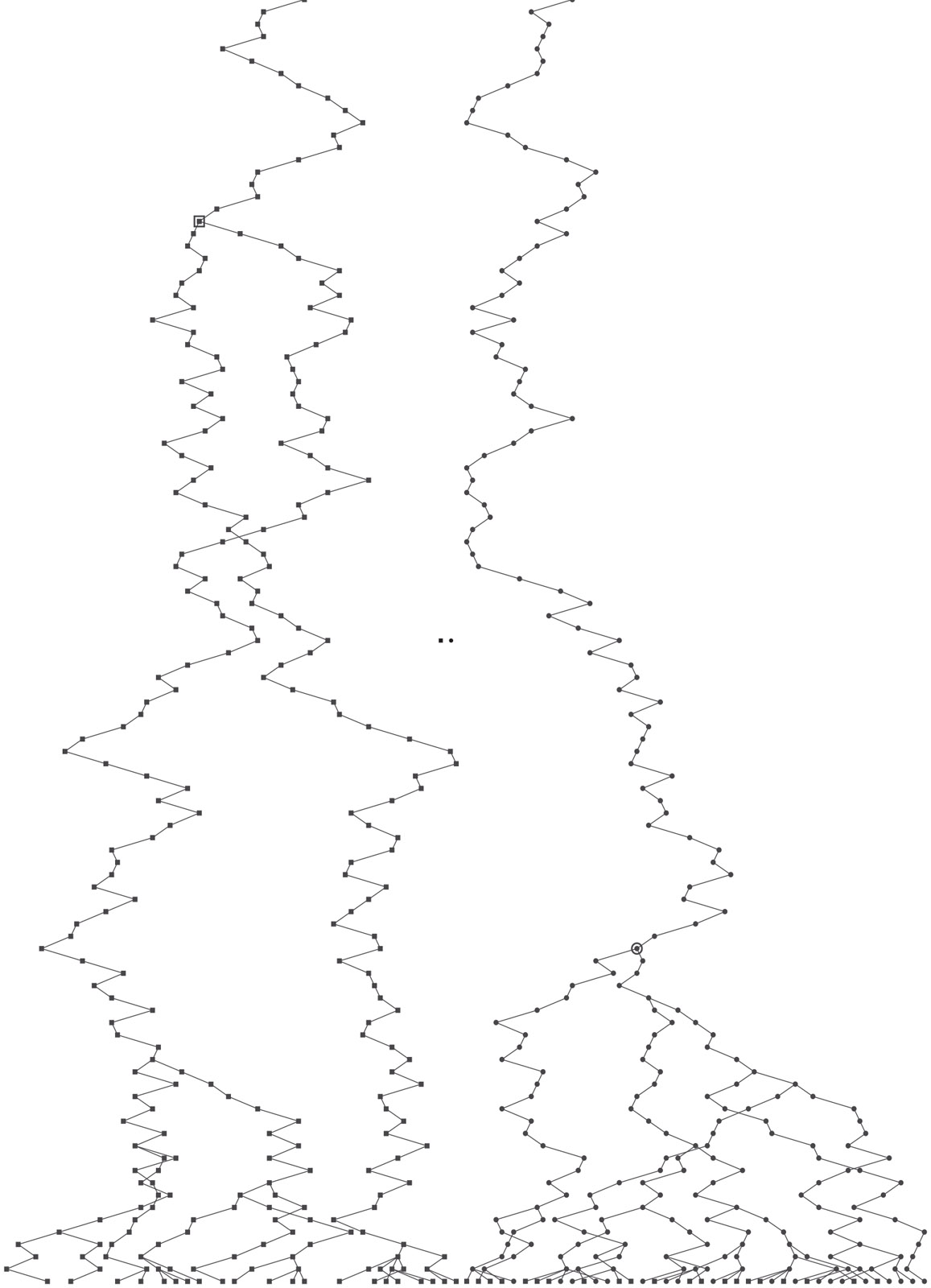Sommaire
Pagination de l'dition papier
Guide
InterVarsity Press
P.O. Box 1400, Downers Grove, IL 60515-1426
ivpress.com
2019 by S. Joshua Swamidass
All rights reserved. No part of this book may be reproduced in any form without written permission from InterVarsity Press.
InterVarsity Pressis the book-publishing division of InterVarsity Christian Fellowship/USA, a movement of students and faculty active on campus at hundreds of universities, colleges, and schools of nursing in the United States of America, and a member movement of the International Fellowship of Evangelical Students. For information about local and regional activities, visit intervarsity.org.
All Scripture quotations, unless otherwise indicated, are taken from The Holy Bible, New International Version, NIV. Copyright 1973, 1978, 1984, 2011 by Biblica, Inc.Used by permission of Zondervan. All rights reserved worldwide. www.zondervan.com. The NIV and New International Version are trademarks registered in the United States Patent and Trademark Office by Biblica, Inc.
Cover design and image composite: David Fassett
Interior design: Daniel van Loon
Images: gold foil texture: Katsumi Murouchi / Moment Collection / Getty Images
green plant leaves: Sven Krobot / EyeEm / Getty Images
marble background: Alexey Bykov / iStock / Getty Images Plus
ISBN 978-0-8308-6505-5 (digital)
ISBN 978-0-8308-5263-5 (print)
This digital document has been produced by Nord Compo.
IN MEMORY OF MY FATHER,
whom I grieved as I wrote this book,
Jaipaul Manikam Swamidass (1947-2018),
in the Image of God and Fallen,
Redeemed.
ACKNOWLEDGMENTS
My wife, Victoria, and our sons, Caleb and Ezra
Peaceful Science its forum, workshops, and friends
Washington University in St. Louis
Concordia Seminary
Lutheran ChurchMissouri Synod
The Science for Seminaries Project
Dialogue on Science, Ethics, and Religion Program
American Association for the Advancement of Science
The Henry Center and its Creation Project
Trinity Evangelical Divinity School
Science and Theology for Emerging Adult Ministries
Bush Center for Faith and Culture
Southeastern Baptist Theological Seminary
Faith and Science Collaborative Research Forum
University of Hong Kong
The Veritas Forum
The Carver Project
The Harvey Fellowship
Yvonne and Joseph Cordell
The John Templeton Foundation
Think neither fear nor courage saves us.
Unnatural vices are fathered by our heroism.
Virtues are forced upon us by our impudent crimes.
These tears are shaken from the wrath-bearing tree
T S. ELIOT, GERONTION
CHAPTER ONE
COURAGE, CURIOSITY, EMPATHY
I AM A SCIENTIST IN THE CHURCH and a Christian in science. My goal is to make room for our differences, even as we maintain our own beliefs and practices. We all come from different starting points. Some are certain Adam and Eve are a myth. Some are certain evolution is a myth. Whatever the truth of the matter, let us travel together for a moment, seeking a common good.
The question of human origins sits at one fracture in society, where divisions have grown into injuries. There are different stories in the Church and in science. Evolution splinters the traditional account of Adam and Eve along several dilemmas. This splintering brings me to a question: Alongside the scientific evidence, what are the full range of ways in which we could understand Adam and Eve? In what way does evolutionary science press on our understanding of Adam and Eve?
For thousands of years, most readers of Genesis thought Adam and Eve were real people who (1) lived in the Middle East, just several thousand years ago; (2) were the ancestors of everyone; and (3) were created, with no parents, by a direct act of God. This account is not airtight or self-contained, nor is it articulated in the precise language of science. It includes lacunae, or gaps, that are bridged in diverse ways. This is the traditional de novo account of Adam and Eve on which this book focuses.
There may be valid reasons to object to this definition of the traditional account. Other readings of Genesis are found in history and they might be considered traditional too. It is possible, moreover, that a nontraditional understanding of Adam and Eve might be a faithful reading of Scripture. The traditional de novo account described here, nonetheless, is how most people through history read Genesis. This account is intertwined with deep traditions of the Church, and it is the account that seems disproven by science. The atheist biologist Jerry Coyne succinctly states the consensus:
These are the scientific facts. And, unlike the case of Jesus virgin birth and resurrection, we can dismiss a physical Adam and Eve with near scientific certainty.
In agreement, evolutionary creationists argued for years,
The de novo creation of Adam and Eve is not compatible with what scientists have found in Gods creation.
Is this how evolutionary science presses on the story of Adam and Eve? Does scientific evidence demonstrate the traditional account is incorrect? Maybe not.
This book arises from an ongoing civic practice of science rooted in three aspirations: tolerance, humility and patience. In humility, we recognize that we cannot convince everyone to agree with us. In tolerance, we make space for those with whom we disagree. In patience, we seek understanding, listening to the concerns of others, taking their questions seriously. The common good is served as we put these virtues into public practice, making room for differences. These virtues also make room for science. Science is driven by the dynamic exchange of disagreement over questions. Here, in science, the question of Adam and Eve followed me for decades.
The question, at first, required courage.
The question, eventually, was driven by curiosity.
The question, now, is motivated by empathy.
The question, here, is to be studied with a genealogical hypothesis.
The question is answered with a genealogical correction.
This question, already, is a crossroad.
As a scientist, and in the spirit of science, I want to take the question of Adam and Eve seriously, engaging it with rigor and honesty. Steeped in centuries of history, the question is storied, but a new conversation might arise around it now. Sitting at a fracture, the question itself is a crossroad for an exchange.

